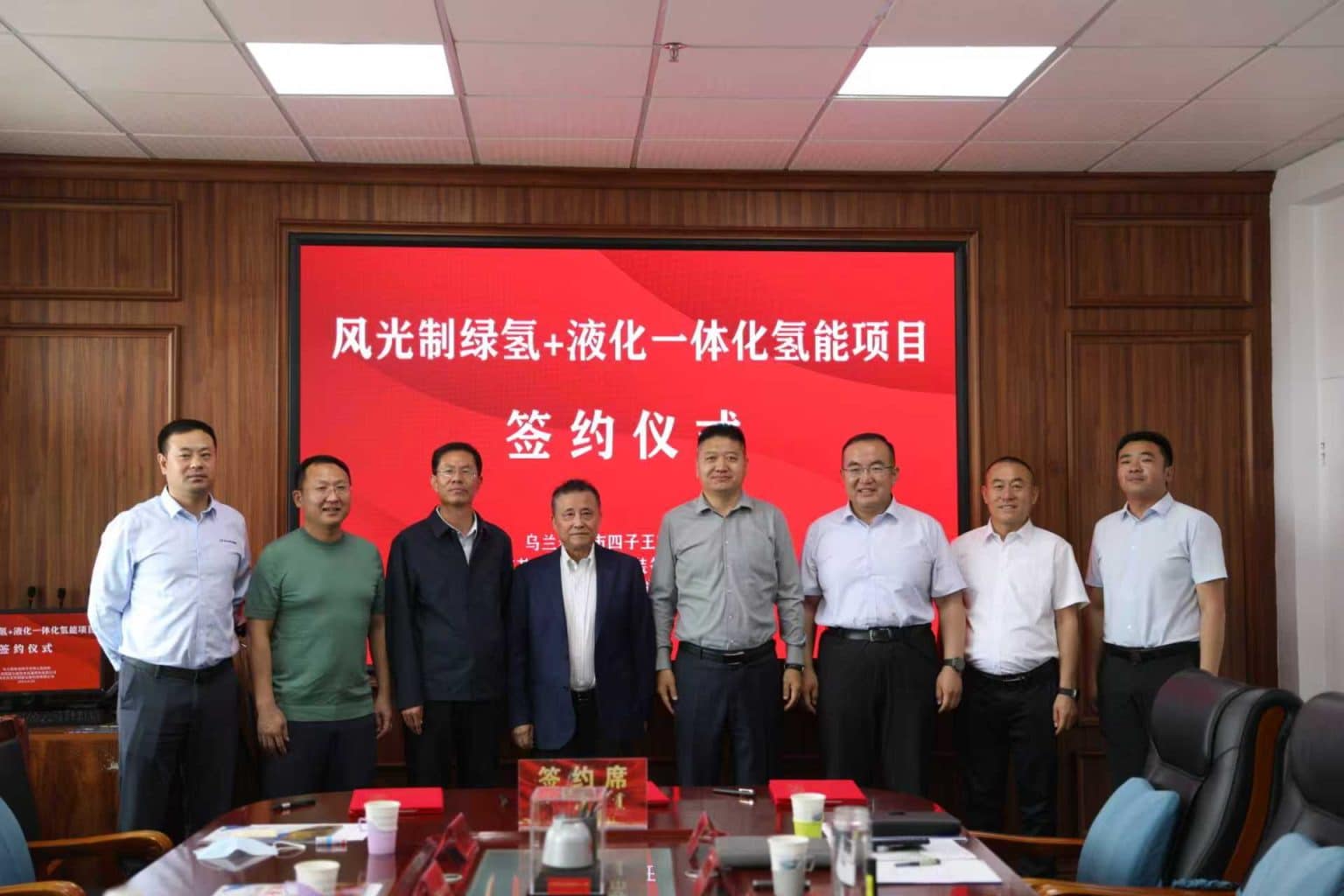Inner Mongolia targets 200,000 tons of annual green hydrogen production by 2025, positioning the region as China’s hydrogen manufacturing epicenter. The recent 5 billion yuan agreement between Guofu Hydrogen Energy and Siziwang Banner represents approximately 13% of this regional capacity through a single integrated facility producing 40,000 tons annually.
The project’s technical specifications reveal the infrastructure challenges facing China’s hydrogen economy. The facility will deploy 60 electrolyzers at 1,000 Nm³/h each, requiring 1GW of dedicated renewable power supply—equivalent to roughly 500 modern wind turbines operating at full capacity. This power-to-hydrogen ratio highlights the energy intensity of electrolytic production, where approximately 50-55 kWh generates one kilogram of hydrogen under optimal conditions.
Market Context Contradicts Infrastructure Investment
Current feasibility analysis indicates hydrogen energy is not viable in China’s transportation sector, with consumer preference close to zero, raising questions about demand absorption for the proposed 120 tons daily production. The project’s solution involves deploying over 20 integrated “oil, gas, hydrogen, and electricity” stations, essentially creating its own downstream market infrastructure.
This vertical integration strategy contrasts sharply with global hydrogen development patterns. Hydrogen trade remains minimal and mainly limited to small-scale, localized transport between neighboring countries, suggesting the liquid hydrogen transportation headquarters planned for Siziwang Banner faces significant market adoption hurdles.
Liquid Hydrogen: Technical Ambitions vs Economic Reality
The project’s emphasis on liquid hydrogen processing capabilities—120 tons daily—addresses storage and transportation challenges but introduces new complexities. Liquid hydrogen requires cryogenic storage at -253°C, with energy losses of 25-30% during the liquefaction process. The global hydrogen storage tanks and transportation market was valued at $410.18 million in 2024 and is expected to register a CAGR of 40.7% during 2025–2034, indicating nascent infrastructure development.
The three-phase construction approach spreads the 5 billion yuan investment across multiple years, allowing for market validation before full deployment. This graduated scaling mirrors Inner Mongolia’s broader trajectory to reach 500,000 tons by 2026 and 1 million tons by 2027, suggesting coordinated regional planning rather than isolated development.
Policy Framework Enables Regional Concentration
Inner Mongolia’s decision to allow green hydrogen projects outside restricted industrial zones provides regulatory flexibility that enables projects like Siziwang Banner. This policy shift reduces land acquisition costs and expedites permitting, though it requires enhanced safety protocols for distributed hydrogen production.
The regional government’s commitment to coordinate a 1GW power supply demonstrates public sector support for hydrogen infrastructure development. However, IEA projections show China’s hydrogen market reaching 90 Mt by 2060, mainly from fuel cell heavy-duty trucks and hydrogen-based shipping fuels, suggesting the current timeline may be premature for commercial transportation applications.
Strategic Implications for China’s Energy Transition
The Siziwang Banner project represents a test case for China’s liquid hydrogen distribution model. By establishing a transportation headquarters and logistics network, the partnership aims to create the infrastructure that could justify future hydrogen adoption. Projected cumulative demand for hydrogen fuel cell vehicles in China could reach 49,900 units by 2025, providing a potential market foundation, though this remains a fraction of China’s 35 million annual vehicle sales.
The project’s integration with renewable energy aligns with China’s dual carbon objectives while addressing grid stability challenges in Inner Mongolia’s wind-heavy energy mix. However, the economic viability depends on achieving production costs below $3/kg—a threshold that requires both technological advancement and scale effects that may not materialize within the project’s initial timeline.
Risk factors include potential stranded assets if hydrogen adoption fails to accelerate, regulatory changes affecting renewable energy pricing, and competition from alternative energy storage technologies. The liquid hydrogen focus, while technically sophisticated, may prove premature if gaseous hydrogen distribution proves more economically viable for regional applications.





